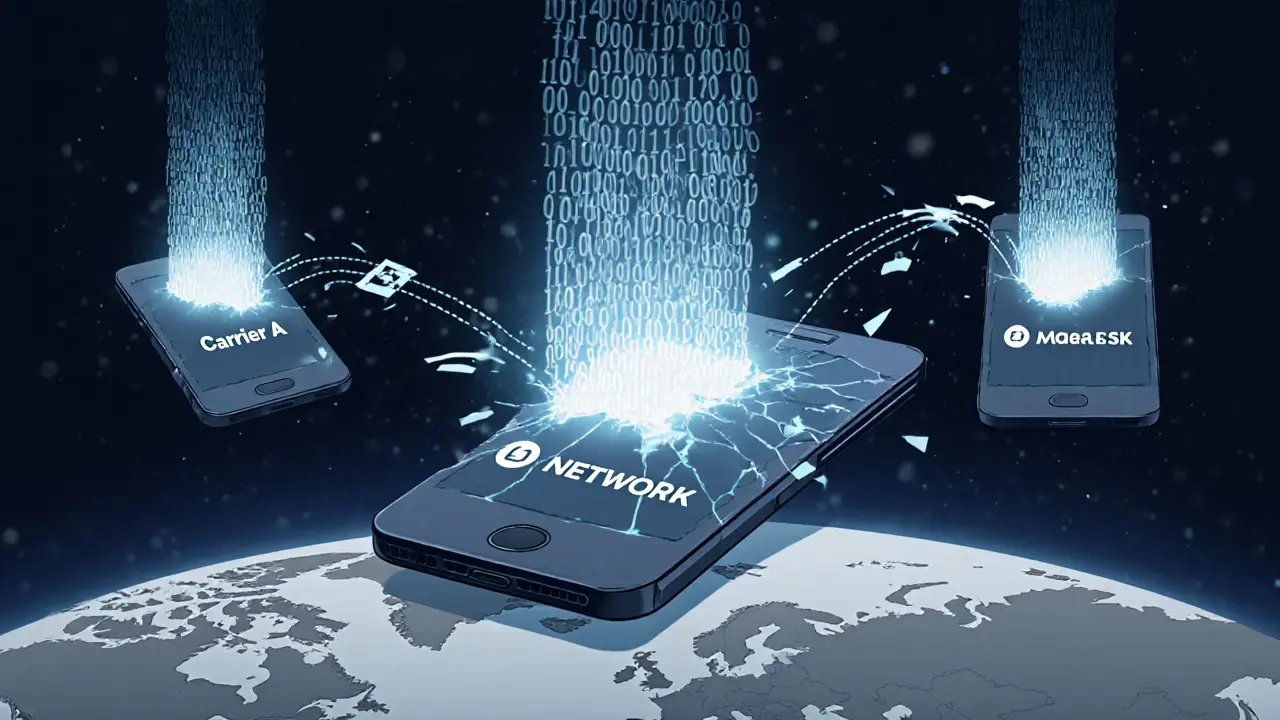IMEI Blacklist: What It Is and How It Affects Your Phone and Crypto Use
When a phone is reported stolen, its IMEI blacklist, a global database that blocks devices by unique hardware ID. Also known as blacklisted IMEI, it prevents the device from connecting to any cellular network—no calls, no texts, no mobile data. This isn’t just about stopping thieves. It’s a critical layer of security that affects everything from your daily phone use to how you access crypto apps on the go.
Every phone has a unique 15-digit IMEI number, a serial code tied to the device’s hardware, not the SIM card. Carriers and law enforcement share these numbers in databases like the GSMA’s CEIR. Once a phone is reported stolen, its IMEI gets added to the blacklist. Even if someone swaps the SIM, the phone stays dead. This system works across borders, so a blacklisted phone in the U.S. won’t work in Vietnam, Nigeria, or South Korea. For crypto users, this means if your phone is stolen and blacklisted, you lose access to your wallet apps, exchange logins, and two-factor authentication tools—no matter how secure your keys are.
Some people try to bypass IMEI blacklists by flashing firmware or using IMEI changers. These methods rarely work on modern phones and are illegal in most countries. Even if they do, carriers now detect tampered IMEIs and block them anyway. Worse, if you buy a used phone that’s already blacklisted, you’re stuck with a paperweight. Always check a phone’s IMEI before buying secondhand—just enter it into a free online checker. And if you’re using crypto on mobile, keep your phone secure. A stolen phone isn’t just a loss of hardware—it’s a loss of access to your digital assets.
The mobile device tracking, the system that links IMEI numbers to user accounts and locations. is also used by regulators to monitor illegal crypto transactions. In places like the Philippines and Vietnam, authorities have linked stolen phones to unlicensed exchange accounts. If your phone gets blacklisted for being used in a fraud case—even if you didn’t know it was stolen—you could be caught in the net. That’s why knowing your device’s status matters more than ever.
Below, you’ll find real cases where IMEI blacklists played a role in crypto enforcement, scams, and recovery efforts. Some posts show how thieves used stolen phones to drain wallets. Others explain how users got locked out of their funds after their devices were reported lost. These aren’t hypotheticals—they’re lessons from people who lost access to thousands in crypto because they didn’t know how IMEI tracking works. You won’t find fluff here. Just facts, risks, and what to do if your phone ends up on the list.
